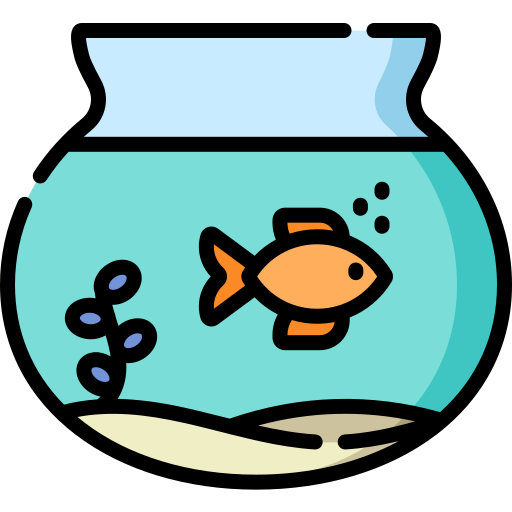
Goldfish icons created by Freepik – Flaticon
The Fishbowl strategy has been around education for quite a while to promote speaking, interaction, and peer feedback between students. While there were many things that appealed to me about the activity, there were some aspects that I didn’t feel were good fits for our classroom culture. However, after a discussion with a Fishbowl veteran teacher, I made some changes to the classic structure of the activity that I think made it work for us–especially as part of our preparation for the IB Standard Level IA assessment. I’m sharing this activity here in the hopes that others might fid it helpful as well.
Preparation by teacher ahead of the activity:
- Divide the class into groups of about 5-6 students
- Copy the student handout for each student.
- Select a pair of photos similar to what you would use for the IA for each small group of students. Put each pair of photos on a slide like at the end of these slides.
- Note: for copyright purposes, I used clip art from flaticon.com in the example shared here. In class we used culturally appropriate photos rather than the clip art 🙂
- The duration of the activity will depend on your class size. In my class of 30+, this took us one full 90 minute block + a little overflow into the next period.
Activity process:
- There will be two processes going on simultaneously in the shape of two circles, one within the other.
- One group–a small group of 5-6 students–will move to the middle of the classroom. They will be the group that speaks first.
- The rest of the students will remain on the outer edges of the small inside circle. They will be listening to the speakers, offering feedback, and creating questions/extensions on what is said by the speakers in the middle.
- Give each student a copy of the student handout. Explain the general process using these slides.
- Project the first pair of photos with the caption of the theme addressed. The small group will briefly discuss which photo is their preference and come to consensus on which they want to discuss. Leave the photos up throughout the group’s speaking time.
- Set a timer for 1 minute. The small group will use this minute to jot down bullet points on their handout to support their discussion, similar to the style on the IA.
- Set a timer for speaking. For the first time through the activity, I used 8 minutes. During this time:
- The students in the middle group will talk about the photo: describing it, discussing cultural and personal connections, and relating it to the theme.
- The students who are listening jot down feedback on their handout plus look to create questions and extensions to the discussion in the middle. I added this piece to help us prepare for phase 2 of the IA where I would ask them additional information about the things they mentioned while describing the photo.
- After the time is up, allow an additional minute or so for students in both groups to write down feedback on their handout for the speaking group.
- Call on several outer circle students to share their questions & extensions. Inner circle students respond appropriately.
- Ask students from both groups to share feedback.
- Congratulate the inner group on a job well done! I briefly shared 1-2 things that the group did well, and occasionally made a suggestion for improvement.
- Rotate groups and repeat the process
Reflection:
This went really well. Students were highly engaged, and there was a lot of effort on their part to incorporate the feedback as we went along. I love how this is now a very low prep, but high impact activity since it is easily adaptable for any topic or unit and gives us a lot of semi-authentic speaking practice without being scripted. I am grateful for a structure that allows everyone–especially in my large classes–to speak and to be heard. Students were fans too! Here is some of their commentary & feedback after the activity:



Have you tried a similar activity? Please share your ideas in the comments!


